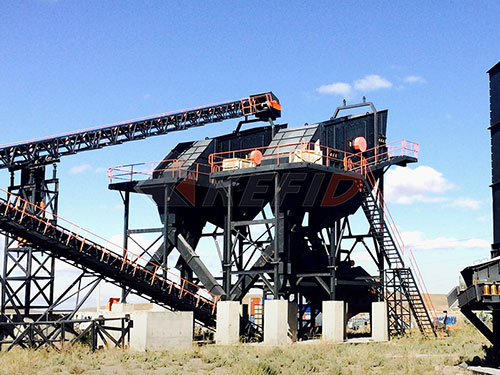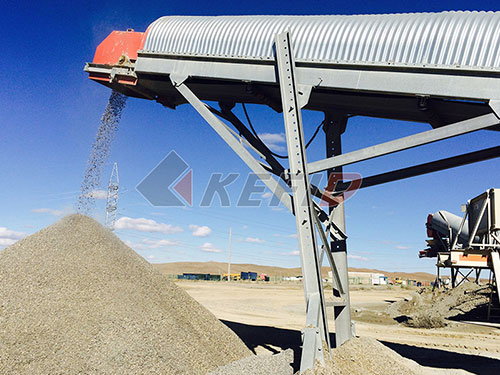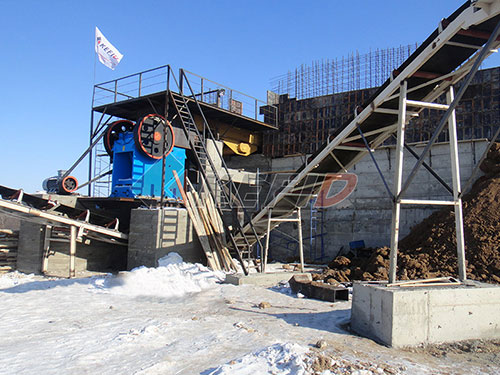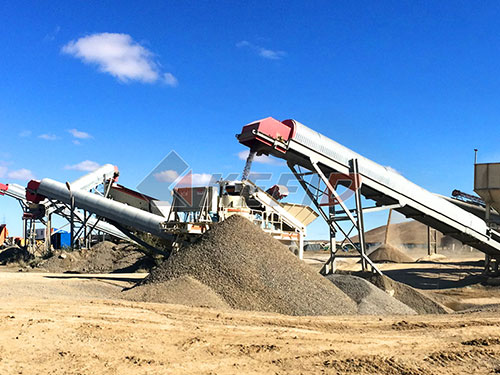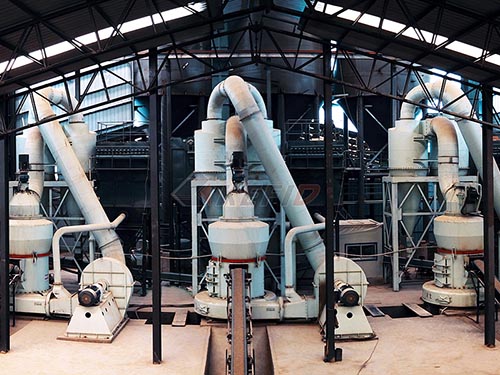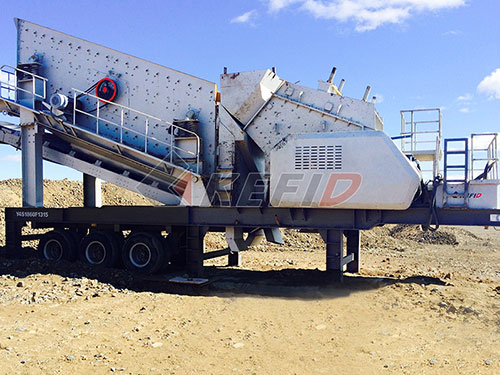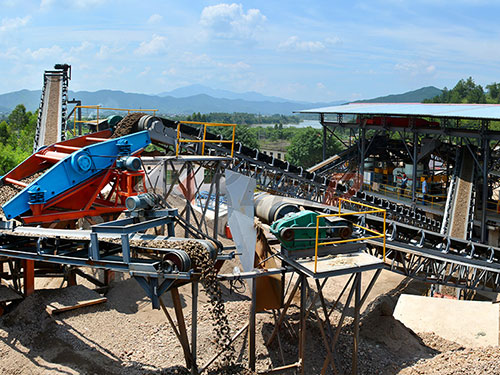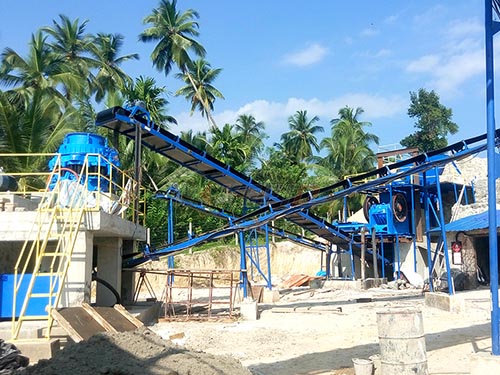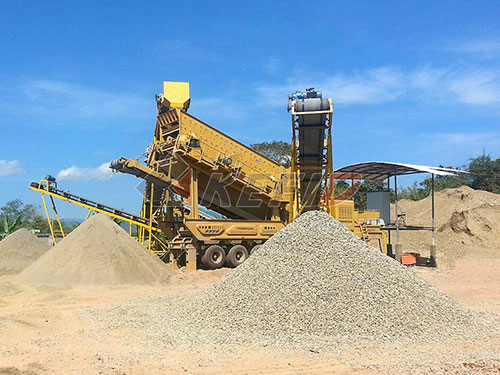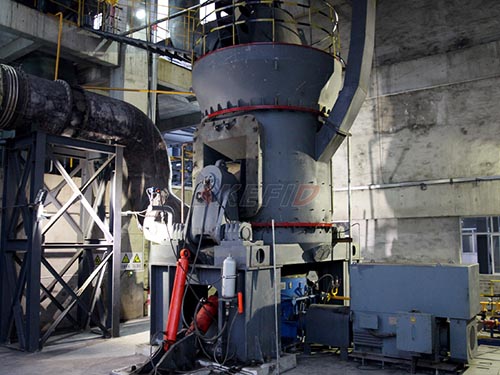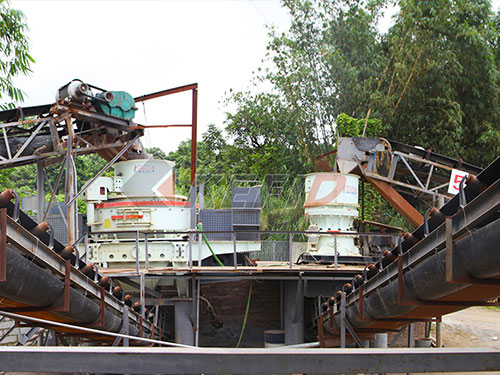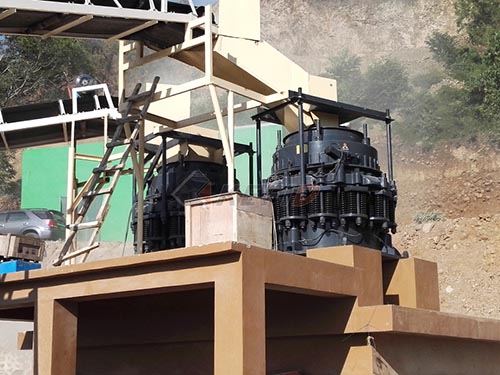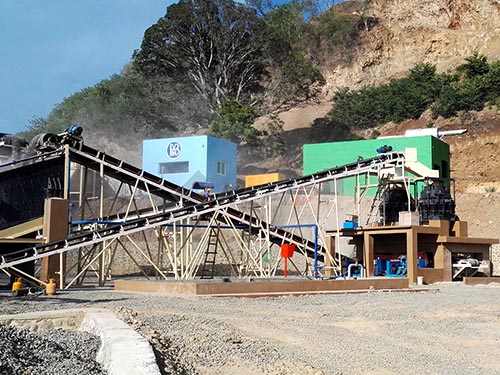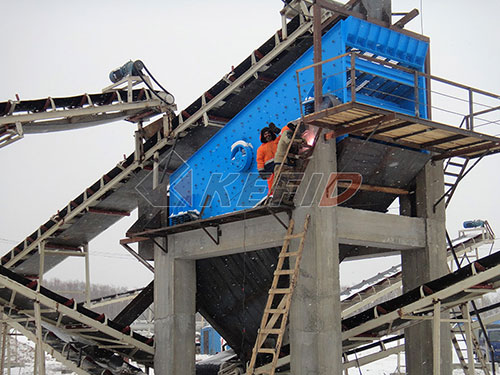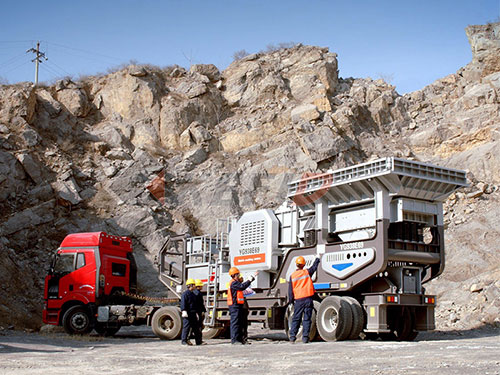The Unstoppable Force: How Track-Mounted Jaw Crushers Revolutionize Material Processing
In the demanding worlds of quarrying, mining, demolition, and recycling, efficiency and flexibility are paramount. Enter the track-mounted jaw crusher – a powerful fusion of robust crushing technology and unparalleled mobility that has fundamentally reshaped how operators approach primary size reduction tasks on diverse job sites.
Breaking Ground with Mobility
Unlike their stationary predecessors requiring complex foundations and expensive transport logistics between sites, track-mounted jaw crushers embody self-sufficiency. Built upon heavy-duty crawler tracks equipped with hydraulic drive systems, these machines possess remarkable agility:
1. Effortless Site Navigation: They traverse rough terrain, steep inclines, and confined spaces directly at the point where raw material is extracted or stockpiled – be it a remote quarry face or a congested urban demolition site.

2. Rapid Deployment & Setup: With minimal setup time (often under 30 minutes), operators can move from one processing location to another within the same site or even between different projects quickly. Hydraulic folding conveyors and integrated hoppers streamline preparation.
3. Eliminating Transport Costs: The ability to crush material directly at the source drastically reduces or even eliminates the need for costly dump trucks hauling uncrushed rock over long distances.
Core Strength: The Jaw Crusher Advantage
At the heart of these mobile giants lies proven jaw crusher technology:
Robust Construction: Heavy-duty frames support high manganese steel jaws designed for maximum wear resistance and longevity under extreme loads.
Efficient Primary Crushing: Utilizing compressive force between a fixed jaw and a moving jaw plate (swing jaw), they excel at reducing large boulders (often exceeding 1 meter in size) down to manageable aggregate sizes (typically 100-150mm) in a single pass.
Versatile Feed Acceptance: Capable of handling hard rock types like granite and basalt as well as softer materials like limestone and recycled concrete rubble.
Adjustable Output Size: The closed-side setting (CSS) can be hydraulically adjusted even while operating, allowing precise control over the final product size without stopping production.

Operational Advantages Driving Value
The combination of mobility and crushing power delivers tangible benefits:
Increased Productivity & Reduced Downtime: Crushing directly at the source minimizes material handling steps and waiting times associated with trucking cycles.
Lower Operating Costs: Significant savings are achieved through reduced fuel consumption from
